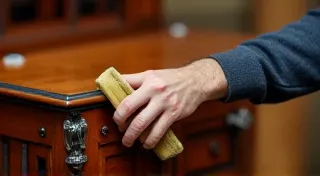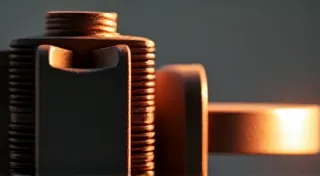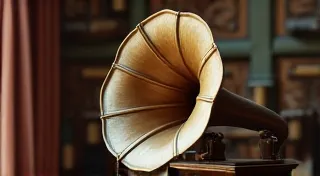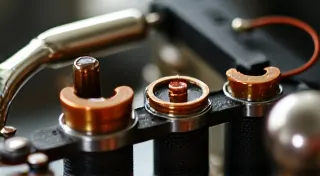Troubleshooting a Sticking Phonograph Governor: Causes, Diagnosis, and Solutions
The governor is a critical component in antique phonographs, responsible for regulating the motor's speed and ensuring consistent playback. A sticking governor, where the governor arms don't move freely, can lead to erratic speed, inconsistent sound, and potential damage to your precious records. This guide will walk you through common causes, diagnostic methods, and practical solutions to get your phonograph governor operating smoothly again.
Understanding the Phonograph Governor
Before diving into troubleshooting, it's essential to understand how a phonograph governor works. Typically, the governor consists of two or three weighted arms attached to a central spindle. As the motor spins, centrifugal force causes the arms to swing outward. This outward movement is mechanically linked to the motor's drive mechanism, controlling its speed. A sticking governor disrupts this delicate balance.
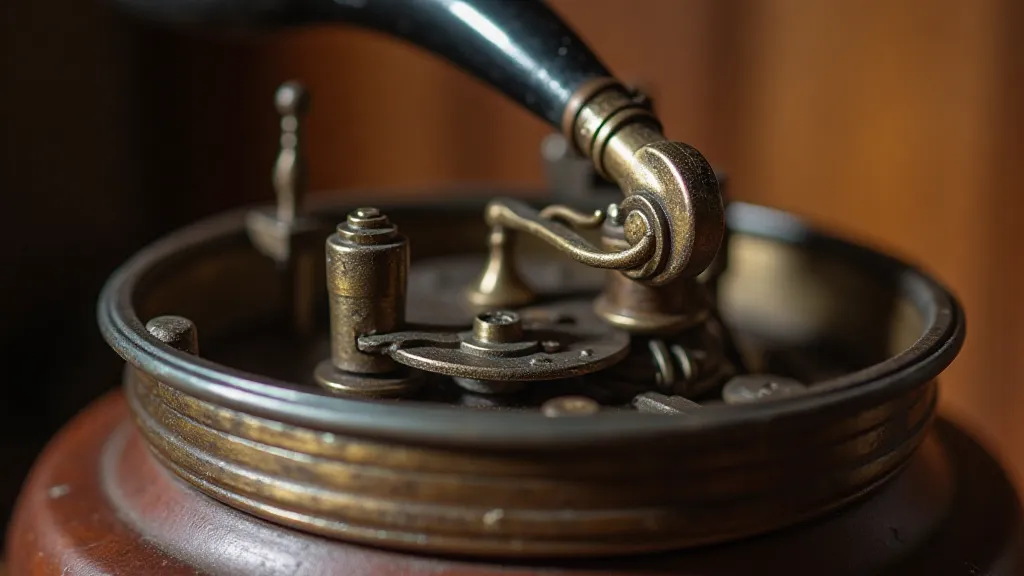
Common Causes of a Sticking Governor
Several factors can cause a phonograph governor to stick. Here's a breakdown of the most frequent culprits:
- Drive Belt Degradation: While less directly related to the governor itself, a weakened or degraded drive belt can place undue stress on the motor and governor mechanism, potentially contributing to governor sticking.
Diagnosis: Pinpointing the Problem
Accurate diagnosis is key to a successful repair. Here's a systematic approach:
- Belt Assessment: Examine the drive belt for signs of cracking, stretching, or excessive wear. A compromised belt can stress other components.
Solutions: From Cleaning to Bushing Replacement
The appropriate solution depends on the severity of the problem. Here's a tiered approach, starting with the simplest fixes:
1. Cleaning and Lubrication
This is the first and often most effective step. Sometimes, the problem isn’s just about the governor; a general buildup of grease on the entire machine requires a broader cleaning effort. You might find our guide to Dealing with Sticky Grease: Cleaning and Lubrication Techniques helpful for tackling these larger cleaning tasks.
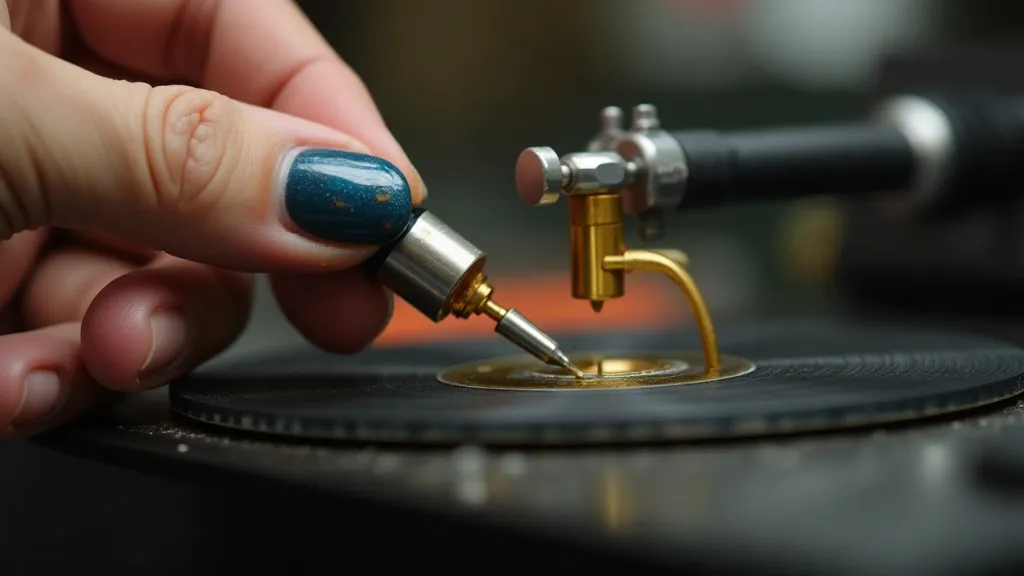
2. Bushing Replacement
If cleaning and lubrication don't resolve the sticking, the bushings are likely worn. This is a more involved repair.
3. Advanced Repairs
In rare cases, the governor spindle itself may be damaged or worn. This may require machining or replacement, a task best left to experienced phonograph repair professionals.
Troubleshooting Flowchart
Here's a simple flowchart to guide your troubleshooting process:
- Drive Belt Condition: Examine drive belt for cracks or excessive wear. If degraded, consider replacement, as a worn belt can exacerbate governor issues.
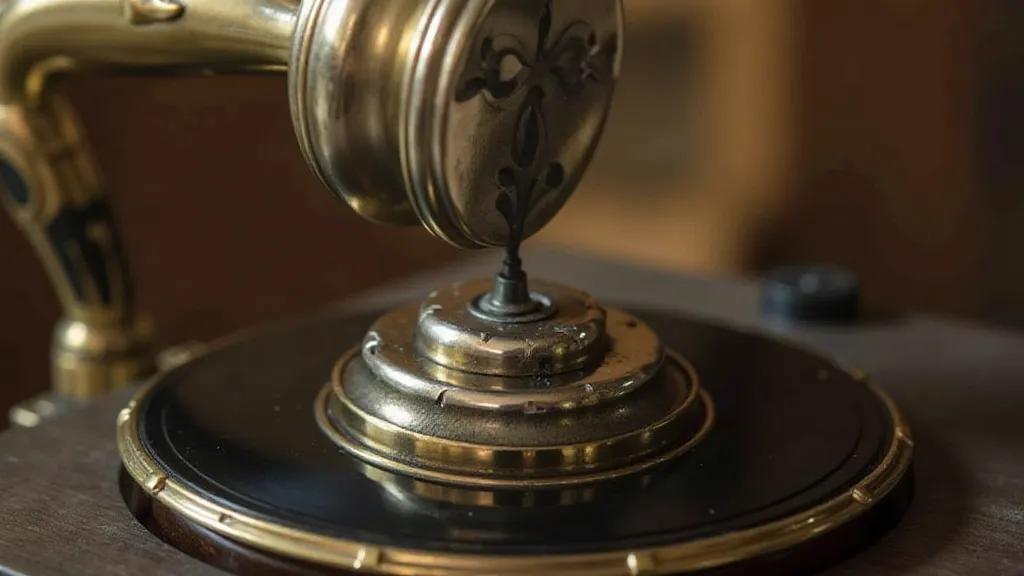
Maintaining Your Phonograph for Longevity
Beyond addressing immediate problems, preventative maintenance is crucial for keeping your antique phonograph in top condition. Regularly cleaning your machine, including the governor mechanism, will help prevent future issues. Keeping your records clean is also vital - a dirty record can deposit debris into the machine, contributing to governor sticking. For more information on how to properly care for your records, take a look at our guide on Cleaning and Preserving Antique Phonograph Records.
Understanding Drive Belt Replacement
As mentioned earlier, the drive belt plays a critical role in the phonograph’s overall function. A deteriorated belt can cause stress on the governor and affect playback speed. Learning how to properly replace a drive belt is a valuable skill for any antique phonograph owner. You can find detailed instructions on this process in our article, Understanding and Replacing Drive Belts in Antique Record Players.
Conclusion
A sticking phonograph governor can be frustrating, but with patience and the right approach, you can often restore it to proper function. Remember to work carefully, document your steps, and seek professional assistance if needed. Enjoy the satisfying sound of your beautifully restored antique phonograph! And remember, the history of these beautiful machines is as fascinating as their intricate workings. To learn more about the captivating world of antique phonographs, check out Echoes in Amber: Restoring the Ghosts of Parlor Music.

